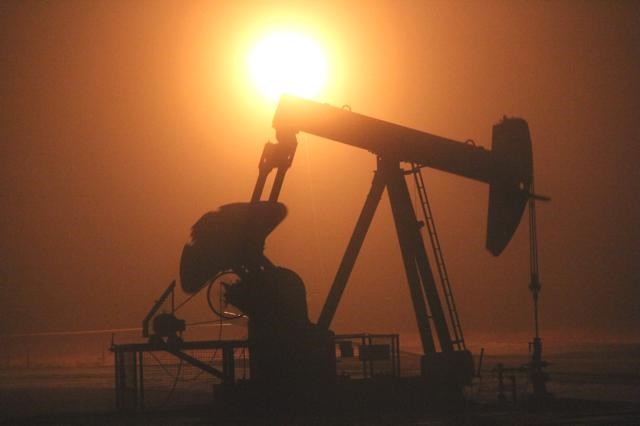The Petroleum Technology Research Centre (PTRC) has been doing research into oil and gas projects for 20 years, and plans to continue to provide research as the industry evolves in coming years, members of the Weyburn Chamber of Commerce heard at a business breakfast meeting on Wednesday at the Legion Hall.
CEO Dan MacLean gave the presentation, noting that the PTRC largely began as research into the CO2 miscible flood project that PanCanadian and Shell established in the Weyburn and Midale fields respectively, and they followed the evolution as PanCanadian became EnCana and Cenovus before they sold the Weyburn operations to the current owner, Whitecap Resources. In Midale, Shell sold their operations to Apache, which is still the operator of that field.
The study on the injection of carbon dioxide into the Weyburn and Midale fields went for 15 years, from 2000 to 2016, at a cost of $80 million as they determined if the injected CO2 stayed in the ground or if it escaped back up to the surface.
In this time period, it’s estimated that prior to CO2 injection, there was some 370 million barrels extracted from the Weyburn field and 154 million barrels from the Midale field, and with the CO2, the Weyburn field produced another 155 million barrels, and Midale saw 67 million barrels produced. The carbon dioxide increased recovery by 26 to 38 per cent in the Weyburn field, and 30 to 43 per cent in the Midale field.
The research carried out led to over 300 peer-reviewed articles by researchers from around the world, and these results continue to inform other CO2 storage projects world-wide, with 21 research partners and six government funds involved.
With the former Cenovus facilities now owned by Whitecap Resources, the PTRC are back in discussions with them about re-engaging with research into the continued use of CO2 for enhanced oil recovery, said MacLean.
These experiences and the research data led to the establishment of Aquistore CO2 monitoring and storage research site that includes injection and observation wells drilled to a depth of 3,400 metres, rigged with extensive monitoring equipment, such as a 650-geophone permanent seismic array.
MacLean said there is worldwide interest in Aquistore, as they share knowledge with interests in other countries, including three in the U.S., two in the United Kingdom, four in Australia and two in С����Ƶ Africa.
“We were in Melbourne, and had a whole day to present what we’re doing with Aquistore,” he added. “A lot of people are talking about CO2 capture and storage.”
MacLean noted there are only two such projects in Canada, theirs and one owned by Shell in Alberta.
In addition there are 26 research partners in nine countries, and $20 million of in-kind contributions over the past six years from companies, and over 100 papers published on the project so far.
In more recent years, the PTRC has expanded their oil industry research to heavy oil production, with their Heavy Oil Research Network (HORNET), and the Joint Implementation of Vapour Extraction or JIVE, a four-year $40 million demonstration project near Lloydminster involving Husky, CNRL and Nexen.
With the development of the Bakken zone, the PTRC also has a tight oil program that studies CO2 enhanced oil recovery trials in the Bakken, to examine how hydraulically-fractured wells respond to CO2 use.
Looking at the Saskatchewan oil industry, MacLean noted that in 2010, Saskatchewan as a whole produced 400,000 barrels a day of crude petroleum, and currently production is around 480,000 barrels a day, which is about 12 per cent of Canada’s total oil production.
The number one oil producer is Crescent Point Energy, followed by Husky Oil and Whitecap Resources. MacLean noted that 20 companies produce 90 per cent of the oil in Saskatchewan, and the list of companies is changing with buy-outs and amalgamations. He gave as one example how Cardinal has picked up Apache’s Midale operations.
Looking at a list of the top oil producers in all of Canada, 10 of the top 25 companies operate in Saskatchewan, and on the list of high-netback companies, 11 of the top 25 are operating in Saskatchewan.
“What a great story, this is a great place to invest,” said MacLean, adding there are a number of challenges facing the industry heading into 2019, including piling on of regulations, the pending carbon tax from Ottawa, the lack of any ability to get a pipeline built in Canada, and the movement of capital out of Canada in the oil industry.
“The world needs Canadian oil,” said MacLean. “We are the most heavily regulated industry in Canada, if not the world. Our oil and gas regulations are the benchmark, we are the standard around the world. We are the most environmentally-friendly produced oil in the world.”




